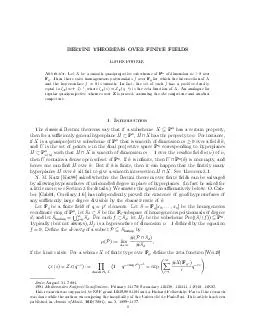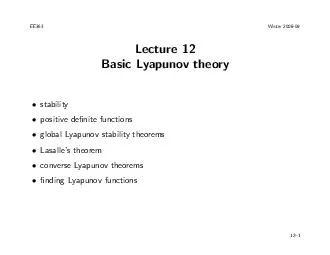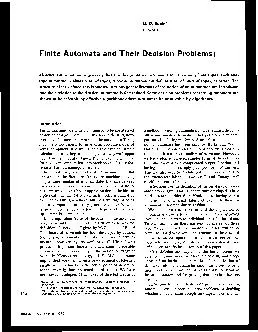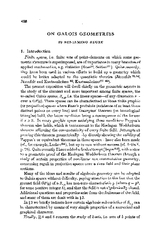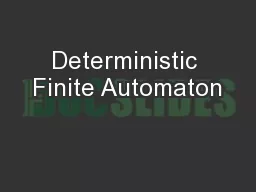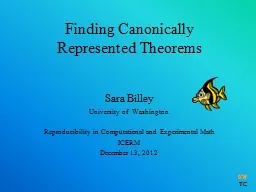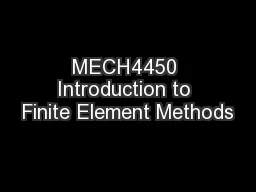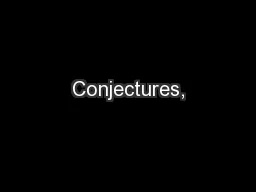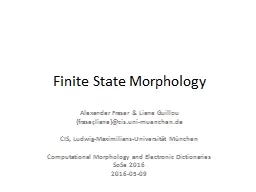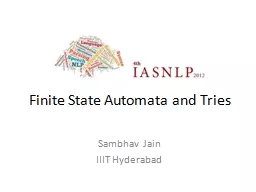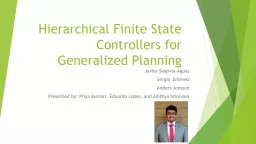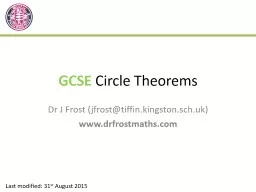PDF-BERTINI THEOREMS OVER FINITE FIELDS BJORN POONEN Abstract
Author : liane-varnes | Published Date : 2015-01-15
Let be a smooth quasiprojective subscheme of of dimension 0 over Then there exist homogeneous polynomials over for which the intersection of and the hypersurface
Presentation Embed Code
Download Presentation
Download Presentation The PPT/PDF document "BERTINI THEOREMS OVER FINITE FIELDS BJOR..." is the property of its rightful owner. Permission is granted to download and print the materials on this website for personal, non-commercial use only, and to display it on your personal computer provided you do not modify the materials and that you retain all copyright notices contained in the materials. By downloading content from our website, you accept the terms of this agreement.
BERTINI THEOREMS OVER FINITE FIELDS BJORN POONEN Abstract: Transcript
Download Rules Of Document
"BERTINI THEOREMS OVER FINITE FIELDS BJORN POONEN Abstract"The content belongs to its owner. You may download and print it for personal use, without modification, and keep all copyright notices. By downloading, you agree to these terms.
Related Documents

